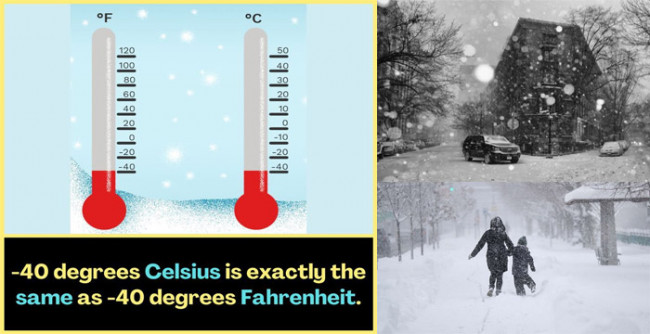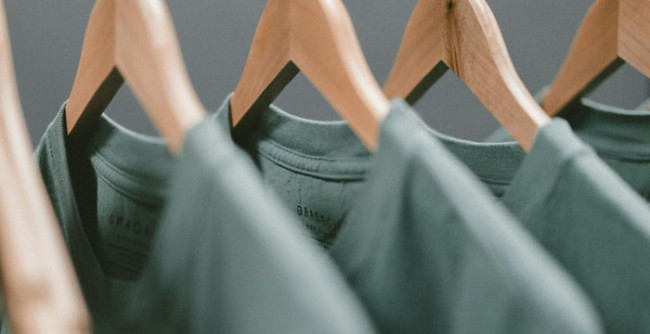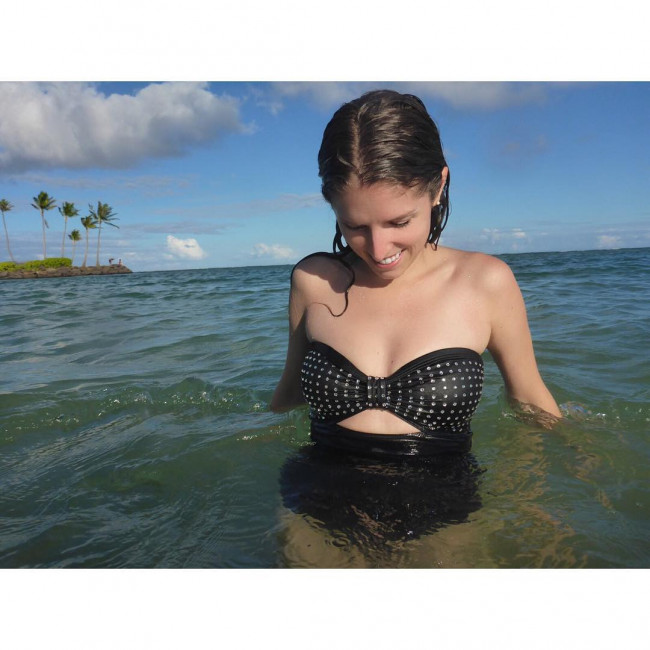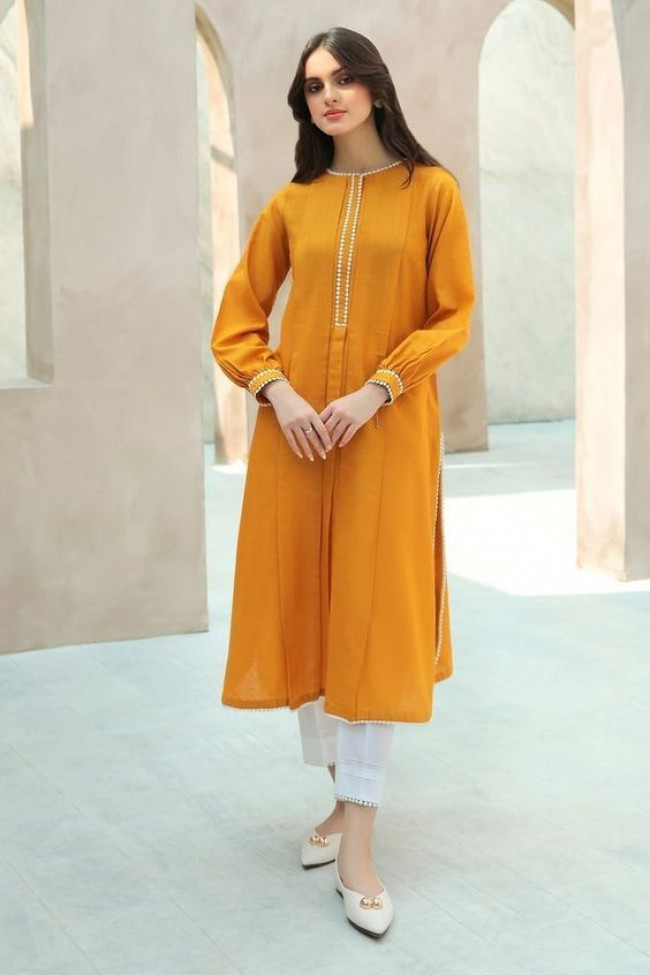Table of Content
With the growing urgency of climate change, today's outdoor enthusiasts are not just seeking warmth and comfort in their cold weather gear but also ensuring their choices support a healthier planet. A recent McKinsey study reveals that a significant segment of consumers, particularly millennials and Gen Z, prioritize sustainability, willing to invest more in eco-friendly outdoor apparel. This shift signals a crucial moment for brands and consumers to align values with action, making every adventure a step towards environmental stewardship.
Choosing the best cold-weather gear is no small feat. It requires a delicate balance between warmth, mobility, and environmental impact. In this guide, we delve into the essentials of cold weather gear, spotlighting key pieces like the innovative women's heated vest, and exploring how advancements in technology and a rising tide of eco-conscious consumerism are reshaping our choices for the better.
Whether you're a seasoned outdoor enthusiast or gearing up for your first cold-weather adventure, this guide aims to equip you with the knowledge to choose gear that’s not too hot, not too cold, but just right for your needs while aligning with the larger goal of preserving our planet.
Understanding the Cold Weather Gear Essentials
Selecting the right cold-weather gear is important for not just enduring but truly enjoying the winter outdoors. Here's a breakdown of essential gear pieces, emphasizing sustainability without compromising on performance.
Insulated Jackets and Pants
The core of staying warm, insulated jackets and pants protect you from the biting cold. Opting for items with recycled polyester fill not only offers excellent insulation and breathability but also supports environmental sustainability. These materials help reduce waste and energy consumption in manufacturing, aligning your outdoor pursuits with eco-friendly practices.
Base Layers
The foundation of thermal regulation, base layers keep you dry by wicking moisture away from your skin. Eco-conscious materials like merino wool or bamboo are not only renewable but also provide superior moisture management and odor resistance. Choosing base layers made from such materials ensures you stay warm and comfortable, while also minimizing your ecological footprint.
Footwear
Your choice of boots can make or break an outdoor adventure. Waterproof and insulated boots are essential for keeping your feet dry and warm in snowy conditions. Look for boots crafted from sustainable materials, such as recycled rubber outsoles and uppers made from responsibly sourced leather or synthetic materials designed to reduce environmental impact. These options offer the necessary traction and comfort without overlooking environmental considerations.
Accessories
Don't underestimate the power of the right accessories. Hats, gloves, and scarves made from sustainable materials like recycled fleece or organic cotton provide the finishing touches to your winter gear, offering additional warmth where you need it most. Sustainable practices in producing these accessories, such as using low-impact dyes and reducing water usage, further diminish the environmental impact of your outdoor gear.
By choosing gear that emphasizes both sustainability and functionality, you not only prepare yourself for the elements but also contribute to a more sustainable future. Each piece of gear is an opportunity to support practices that preserve our planet for future generations of outdoor enthusiasts.
Spotlight on Women’s Heated Vest
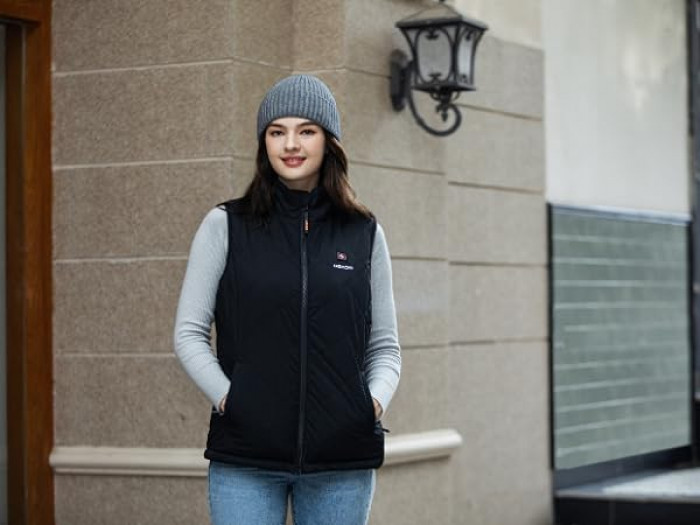
When you look for optimal warmth without the bulk, the women's heated vest emerges as a game-changer for outdoor enthusiasts. This innovative piece of gear combines technology with comfort, offering a unique solution to staying warm in cold conditions.
Features and Benefits
Heated vests incorporate built-in heating elements that provide adjustable warmth, allowing wearers to customize their temperature based on outdoor conditions. This adaptability makes the vest a versatile layer, ideal for a range of activities where temperature fluctuations are common. Moreover, the lack of bulk compared to traditional heavy jackets grants unparalleled flexibility and freedom of movement, enhancing the overall outdoor experience.
Sustainability
As the demand for sustainable products grows, many brands producing heated vests are stepping up by integrating eco-conscious manufacturing practices. From utilizing recycled materials in the construction of the vests to employing energy-efficient heating technologies, these brands are working to reduce the environmental footprint of their products. By selecting vests from companies committed to sustainability, consumers can enjoy the benefits of advanced heating technology while supporting environmental stewardship.
Practical Scenarios
The women's heated vest proves its worth in various outdoor settings, making it a versatile addition to any cold-weather wardrobe. For early morning hikes, the vest provides a core warmth that energizes and comforts without overheating as the day warms up. At outdoor sports events, where stationary periods can lead to chill, the heated vest offers sustained warmth, keeping the focus on the game, not the cold. Additionally, for photographers or nature observers who spend hours in the field during the colder months, the vest is a boon, offering warmth without restricting mobility.
Incorporating a women's heated vest into your cold-weather gear lineup not only elevates your comfort and flexibility during outdoor activities but also supports the shift towards more sustainable practices within the outdoor apparel industry. Whether you're traversing a frost-covered trail or cheering from the sidelines, a heated vest ensures the cold doesn’t dampen your spirits or your adventures.
The Role of Technology in Modern Cold Weather Gear
The evolution of outdoor gear, particularly for cold weather, has been significantly influenced by technological advancements. These innovations have enhanced the effectiveness of gear in keeping us warm and protected and opened new avenues for incorporating eco-friendly practices in their production.
Advancements in Fabric Technology
Modern cold-weather gear benefits from fabric technologies that offer superior insulation, breathability, and water resistance while minimizing environmental impact. Materials like Gore-Tex provide effective waterproofing and windproofing, essential for harsh winter conditions. Simultaneously, developments in synthetic insulation, such as PrimaLoft, offer down-like warmth without relying on animal feathers, aligning with cruelty-free values. Moreover, the push for sustainability has led to increased use of recycled materials in fabric production, reducing waste and conserving resources.
Heating Elements in Outdoor Apparel
The integration of heating elements into outdoor apparel, such as women's heated vests, represents a remarkable use of technology for comfort and warmth. These vests feature built-in, battery-powered heating elements that deliver consistent, adjustable warmth directly to the body. The use of rechargeable batteries in these vests is a nod towards sustainability, reducing disposable battery waste and offering a more eco-friendly way to stay warm. By allowing wearers to control the level of warmth, these vests minimize the need for layering multiple garments, reducing the overall material consumption and environmental footprint.
Sustainable Warmth
The focus on rechargeable batteries and energy-efficient heating technology in heated vests exemplifies how modern outdoor gear is moving towards more sustainable solutions. This approach not only provides users with the warmth needed for their adventures but also does so in a way that is more mindful of the environment. The ability to recharge batteries reduces waste, and the efficient use of energy ensures that the environmental impact is kept to a minimum.
The Final words
In conclusion, technology plays a crucial role in modernizing cold weather gear, making it more effective, comfortable, and environmentally friendly. As outdoor enthusiasts seek gear that aligns with their values and needs, the advancements in fabric technology and the thoughtful integration of heating elements stand out as key developments that enhance the outdoor experience while respecting our planet.



